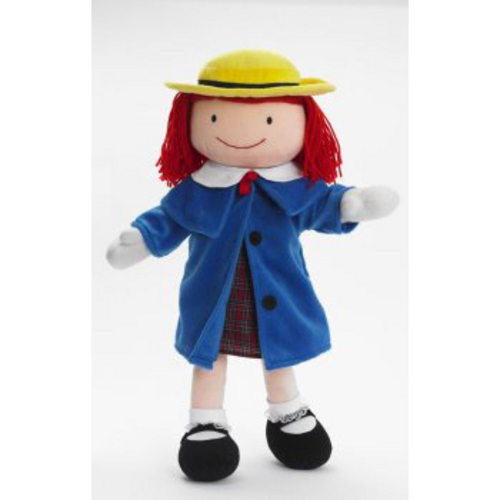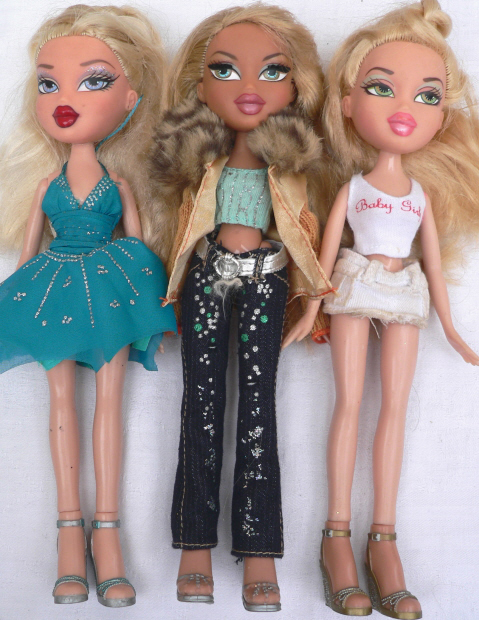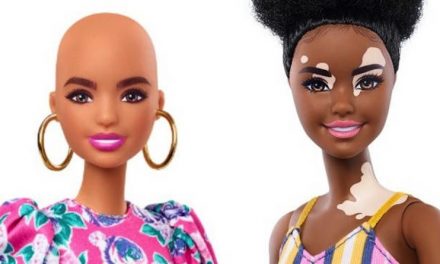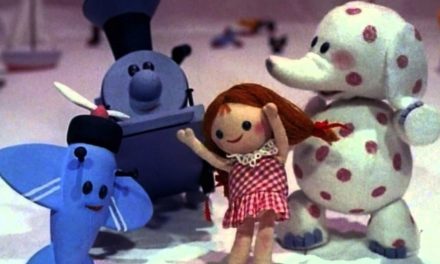My daughter, Jane, is 5 years old, and as smart as a whip. As a matter of fact, she’s often been cautioned that “she’s too smart for her own good.” We’re talking cartoon character Lisa Simpson smart. But unlike her yellow spiky-haired pearl-wearing TV counterpart, who loves to play wth “Malibu Stacy,” my little Jane seems to have no use for dolls at all. That is, until last month. . . .
For years now it’s been a struggle to get Jane to commit to caring and tending for her vast harem of baby dolls. Since I’m a known doll devotee—a collector who has never met a doll she didn’t like and covet—friends and family have all assumed that Jane would be following in my footsteps. Unfortunately, even though she has received enough dolls to populate a valley, Jane has remained aloof toward her bounty. She much prefers romping with her stuffed tigers, wrestling with her sleek panda bears and spinning around her woolly lamb. What’s a mother to do?
Aside from turning to hypnosis and forcing Jane to fall under a Bratz spell (“You are getting sleepy, and Bratz dolls are cool”), I didn’t know what to do. Night after night, I’d be standing at the stove, stirring pasta, and I’d glance at Jane barreling full-force with her brother’s Iron Man action figure. Or I’d be balancing my checking book and would catch Jane tumbling across the kitchen floor, cradling a Spider-Man in one hand and a Batman in the other. Again, she was raiding her brother’s treasure chest.
I finally sat Jane down and asked her, point-blank, why she was so cold toward her own dolls. The answer was revealing: Batman can fight crime, Superman can fly, Spider-Man hangs from a thread and scales skyscrapers. What could her dolls do besides cry and wail and wriggle, or just lie there and look pretty?
Good question, and then a response dawned on me. I brought Jane into her room and we began to take her dolls off their shelves, out of their boxes and from their forgotten lairs. I lined up about a dozen of them. I pointed to a fashion doll that came with a puppy and a dog-grooming set. “You see this doll? Being a dog groomer is her day job. At night, she fights all the evil people who try to hurt harmless little animals. She is the Stray Saver.” Jane looked at me skeptically.
“And this one, Jane,” I continued. “She might look like a chubby toddler, but she has magical powers, like Harry Potter, but better. And this one. She’s dressed in an evening gown, but that’s because she is getting a prize for being the smartest scientist in the world!”
Together, we went through her dolls, ascribing super powers to each and every character, no matter how cherubic or angelic they may have seemed. Each of her dolls had a hidden and potent talent, a power that you never would have suspected lurked inside.
And you know what? That simple lesson in make-believe has resonated beyond that bedroom encounter. When I look at Jane—so tiny and sweet, so small but solid—I wonder what latent talents and abilities nestle inside of her. And, likewise, all the other pre-K girls that toddle through her school.
More to the point, what powers linger inside all of us? Just like the plastic pixies and the vinyl vixens who were scattered about my daughter’s bedroom, dismissed because they seemed ordinary and not special, how many of us have abilities and talents that we’ve let go untapped?
Photo Captions
Would you believe these three Bratz dolls (top) represent a scientist, an explorer and a nuclear physicist? Well, they do to my daughter and me!
In her schoolhouse in Paris, Madeline (bottom right) is studying alchemy and sorcery. She’s more potent than Harry Potter, in Jane’s humble opinion.







